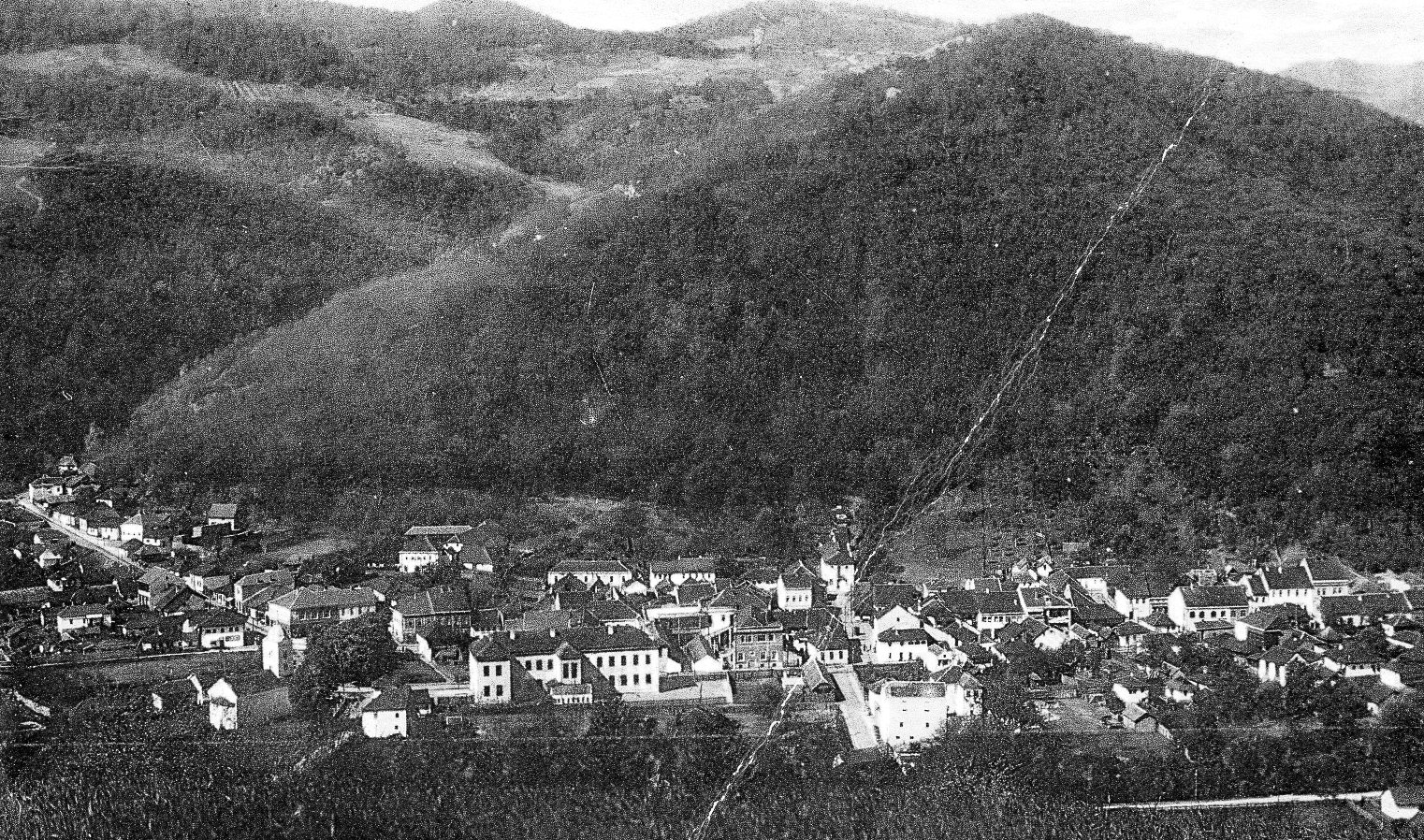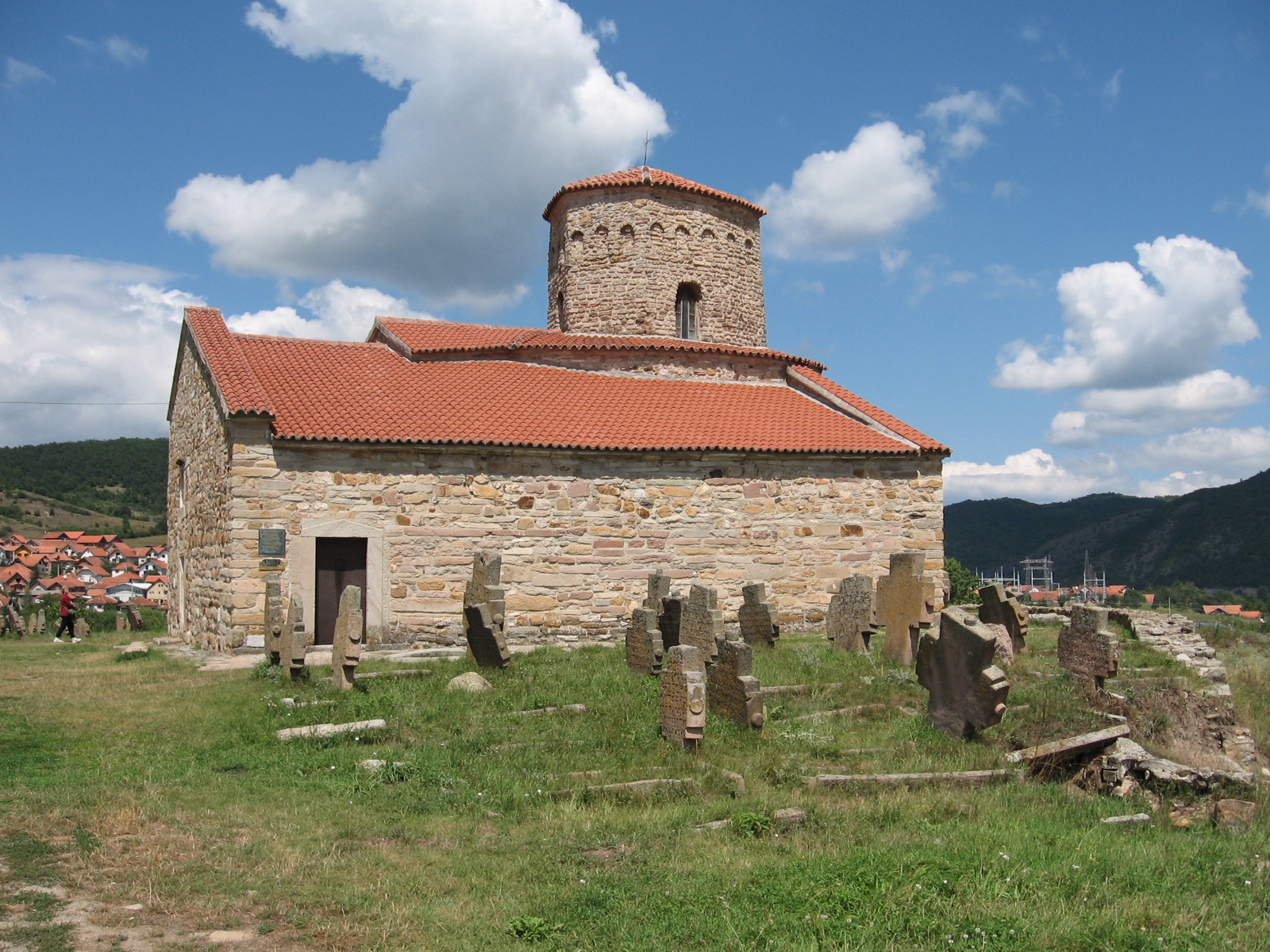|
Golija
Golija ( sr-Cyrl, Голија, ) is a mountain in southwestern Serbia, between towns of Ivanjica and Novi Pazar. It is part of the Dinaric mountain range. The mountain is heavily forested with significant biodiversity. It contains the Golija-Studenica Biosphere Reserve, the first UNESCO- MAB registered biosphere reserve in Serbia. It is also a small ski resort, with several historical monuments and monasteries. The highest peak is ''Jankov Kamen'' at . Geography Golija stretches in north–south direction, in an S-shape between Novi Pazar and Raška on south and Ivanjica on the north. It covers an area of about . The highest peak is Jankov Kamen . It was named after Sibinjanin Janko, Serbian romanticized version of Hungarian medieval knight John Hunyadi. According to local myths, when he was returning to Hungary after the Second Battle of Kosovo in 1448. He placed a stone on top of the mountain to mark his presence, hence the name which is Serbian for "Janko's stone". The h ... [...More Info...] [...Related Items...] OR: [Wikipedia] [Google] [Baidu] |
Ivanjica
) , motto = , image_map = , map_caption = , pushpin_map_caption = Location within Serbia##Location within Europe , pushpin_relief = 1 , pushpin_map = Serbia#Europe , coordinates = , coor_pinpoint = , coordinates_footnotes = , subdivision_type = Country , subdivision_name = , subdivision_type1 = Region , subdivision_name1 = Šumadija and Western Serbia , subdivision_type2 = District , subdivision_name2 = Moravica , subdivision_type3 = Settlements , subdivision_name3 = 49 , established_title = Village status , established_date = 1833 , established_title1 = Town status , established_date1 = , founder = , seat_type = , seat = , government_footnotes = , leader_party = SNS , leader_title = Mayor , leader_name ... [...More Info...] [...Related Items...] OR: [Wikipedia] [Google] [Baidu] |
Golijska Moravica
The Golijska Moravica or simply Moravica ( sr-Cyrl, Голијска Моравица or ) is a river in western Serbia. With a length of 98 km, it is the longer headstream of the West Morava (the name it takes at its confluence with the Đetinja), and thus, of the Great Morava. Its name, Moravica, means "little Morava" in Serbian, and it also gives its name to the surrounding region and the modern Moravica District of Serbia. Stari Vlah The Golijska Moravica originates from the western slopes of the Golija mountain and flows straight to the north, between the Golija and Javor mountains, through the Stari Vlah region. Even though the area in the lower course is sparsely populated, there are many hamlets on the river, characteristically organized in clusters. More important are the villages of Sakovići, Gazdovići, Kumanica, Međurečje (where it receives the ''Nošnica'' from the left) and Čitluk. Ivanjica depression The Golijska Morava enters the Ivanjica depression ... [...More Info...] [...Related Items...] OR: [Wikipedia] [Google] [Baidu] |
Studenica River
The Studenica ( sr, Студеница, ) is a river in southwestern Serbia, a 60 km-long left tributary to the Ibar river. Origin The Studenica originates from the central section of the northern slopes of the Golija mountain, as the ''Crna reka'' (Black river), at an altitude of 1,615 m. The river flows northward, parallel to the flow of the ''Brusnička reka'', next to the villages of Crna Reka, Koritnik, Ratari and Pločnik. Between the villages of Devič and Čečina, the Crna Reka and Brusnička reka meet and continue to the north under the name of Studenica. Valley The Studenica carved a long and deep gorge-like valley, characterized by the arc-shaped stretching in the west–east direction, between the Radočelo (on the south) and Čemerno (on the north) mountains. The villages of Usilje, Pridvorica, Mizdraci, Mlanča and Miliće are located in the valley, so as the Isposnica Monastery and the cave on Čemerno mountain. But the most important feature in the ... [...More Info...] [...Related Items...] OR: [Wikipedia] [Google] [Baidu] |
Dinaric Alps
The Dinaric Alps (), also Dinarides, are a mountain range in Southern and Southcentral Europe, separating the continental Balkan Peninsula from the Adriatic Sea. They stretch from Italy in the northwest through Slovenia, Croatia, Bosnia and Herzegovina, Serbia, Montenegro, and Kosovo to Albania in the southeast. The Dinaric Alps extend for approximately along the western Balkan peninsula from the Julian Alps of the northeast Italy, downwards to the Šar and Korab massif, where their direction changes. The Accursed Mountains, is the highest section of the entire Dinaric Alps; this section stretches from Albania to Kosovo and eastern Montenegro. Maja Jezercë is the highest peak and is located in Albania, standing at above the Adriatic. The Dinaric Alps are one of the most rugged and extensive mountainous areas of Europe, alongside the Caucasus Mountains, Alps, Pyrenees, Carpathian Mountains and Scandinavian Mountains. They are formed largely of Mesozoic and Cenozoic ... [...More Info...] [...Related Items...] OR: [Wikipedia] [Google] [Baidu] |
Novi Pazar
Novi Pazar ( sr-cyr, Нови Пазар, lit. "New Bazaar"; ) is a city located in the Raška District of southwestern Serbia. As of the 2011 census, the urban area has 66,527 inhabitants, while the city administrative area has 100,410 inhabitants. The city is the cultural center of the Bosniaks in Serbia and the region of Sandžak. A multicultural area of Muslims and Orthodox Christians, many monuments of both religions, like the Altun-Alem Mosque and the Church of the Holy Apostles Peter and Paul, are found in the region which has a total of 30 protected monuments of culture. Name During the 14th century under the old Serbian fortress of Stari Ras, an important market-place named ''Trgovište'' started to develop. By the middle of the 15th century, in the time of the final Ottoman Empire conquest of Old Serbia, another market-place was developing some 11 km to the east. The older place became known as ''Staro Trgovište'' (Old Trgovište, tr, Eski Pazar) and the y ... [...More Info...] [...Related Items...] OR: [Wikipedia] [Google] [Baidu] |
Nedeljko Košanin
Nedeljko Koshanin ( Čečina / Vionica, near Ivanjica, Principality of Serbia, 13 October 1874 - Graz, Austria, 22 March 1934) was a scientist biologist, university professor and academic at the Serbian Royal Academy, now the Serbian Academy of Sciences and Arts. He was the manager of the Jevremovac Botanical Institute and Botanical Garden of the University of Belgrade He initiated the publication of the Gazette of the Botanical Institute and Botanical Gardens, which had collaborated with over 90 botanical institutions worldwide. He described many new plant species on his own or in collaboration with prominent botanists in the world, and foreign and domestic researchers named his newly discovered plant species out of respect for his work. After the "Josif Pančić era", his work marked the epoch (1918-1934) in the development of botany in the country, known as the "Košanin era". He was politically active. For over thirty years he actively participated in the labour movement a ... [...More Info...] [...Related Items...] OR: [Wikipedia] [Google] [Baidu] |
Serbia
Serbia (, ; Serbian: , , ), officially the Republic of Serbia (Serbian: , , ), is a landlocked country in Southeastern and Central Europe, situated at the crossroads of the Pannonian Basin and the Balkans. It shares land borders with Hungary to the north, Romania to the northeast, Bulgaria to the southeast, North Macedonia to the south, Croatia and Bosnia and Herzegovina to the west, and Montenegro to the southwest, and claims a border with Albania through the Political status of Kosovo, disputed territory of Kosovo. Serbia without Kosovo has about 6.7 million inhabitants, about 8.4 million if Kosvo is included. Its capital Belgrade is also the List of cities in Serbia, largest city. Continuously inhabited since the Paleolithic Age, the territory of modern-day Serbia faced Slavs#Migrations, Slavic migrations in the 6th century, establishing several regional Principality of Serbia (early medieval), states in the early Middle Ages at times recognised as tributaries to the B ... [...More Info...] [...Related Items...] OR: [Wikipedia] [Google] [Baidu] |
Kosmaj
Kosmaj (Serbian Cyrillic: Космај, ) is a mountain south of Belgrade, the capital of Serbia. With an elevation of 626 meters, it is the highest point of the entire Belgrade City area and is nicknamed one of two "Belgrade mountains" (the other being the mountain of Avala). Location The Kosmaj, is located 40 kilometers south-east of Belgrade. Entire area of the mountain belongs to the Belgrade City area, majority of it being in the municipalities of Mladenovac and Sopot, with eastern slopes being in the municipality of Grocka, and northern and north-western extensions in the municipalities of Barajevo and Voždovac. Etymology It is speculated that the mountain was named after the Celtic word ''cos'' meaning forest, and ''maj'' pre-Indo-European word meaning mountain. Serbian Wikipedia article on Kosmaj Alternative explanations suggest the connection to the ancient mountain-dwelling Slavic pagan deity Kozmaj/Kasmaj, the protector of woods, animals and the cosmos. Th ... [...More Info...] [...Related Items...] OR: [Wikipedia] [Google] [Baidu] |
Belgrade
Belgrade ( , ;, ; Names of European cities in different languages: B, names in other languages) is the Capital city, capital and List of cities in Serbia, largest city in Serbia. It is located at the confluence of the Sava and Danube rivers and the crossroads of the Pannonian Basin, Pannonian Plain and the Balkan Peninsula. Nearly 1,166,763 million people live within the administrative limits of the City of Belgrade. It is the third largest of all List of cities and towns on Danube river, cities on the Danube river. Belgrade is one of the List of oldest continuously inhabited cities, oldest continuously inhabited cities in Europe and the world. One of the most important prehistoric cultures of Europe, the Vinča culture, evolved within the Belgrade area in the 6th millennium BC. In antiquity, Thracians, Thraco-Dacians inhabited the region and, after 279 BC, Celts settled the city, naming it ''Singidunum, Singidūn''. It was Roman Serbia, conquered by the Romans under the reign ... [...More Info...] [...Related Items...] OR: [Wikipedia] [Google] [Baidu] |
Waterfall
A waterfall is a point in a river or stream where water flows over a vertical drop or a series of steep drops. Waterfalls also occur where meltwater drops over the edge of a tabular iceberg or ice shelf. Waterfalls can be formed in several ways, but the most common method of formation is that a river courses over a top layer of resistant bedrock before falling on to softer rock, which erodes faster, leading to an increasingly high fall. Waterfalls have been studied for their impact on species living in and around them. Humans have had a distinct relationship with waterfalls for years, travelling to see them, exploring and naming them. They can present formidable barriers to navigation along rivers. Waterfalls are religious sites in many cultures. Since the 18th century they have received increased attention as tourist destinations, sources of hydropower, andparticularly since the mid-20th centuryas subjects of research. Definition and terminology A waterfall is general ... [...More Info...] [...Related Items...] OR: [Wikipedia] [Google] [Baidu] |





.jpg)